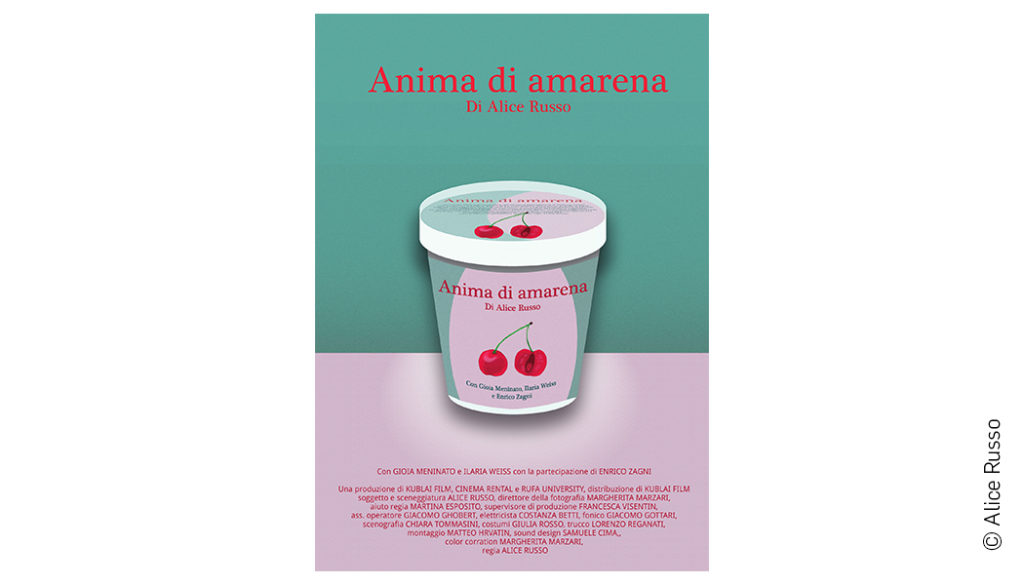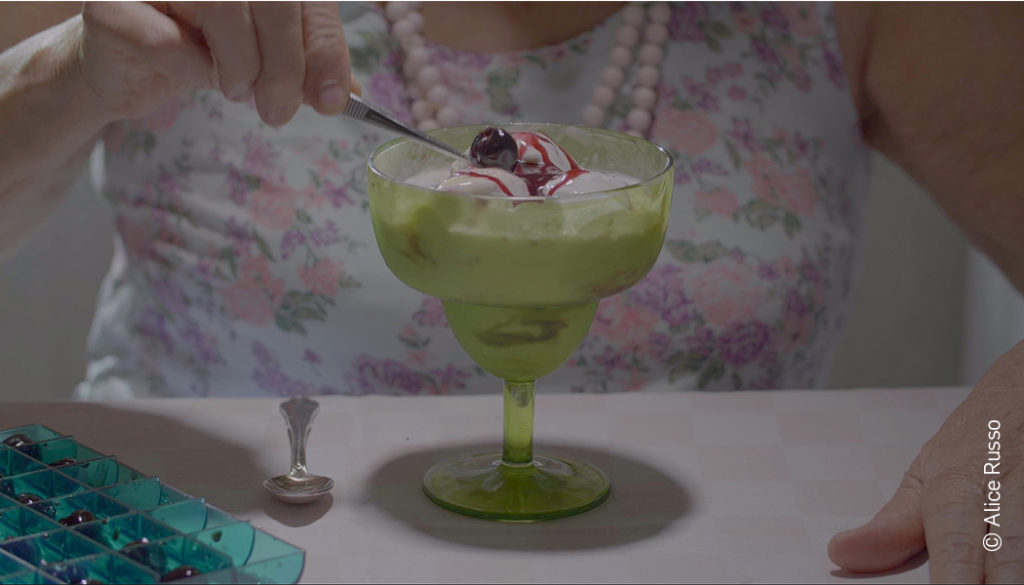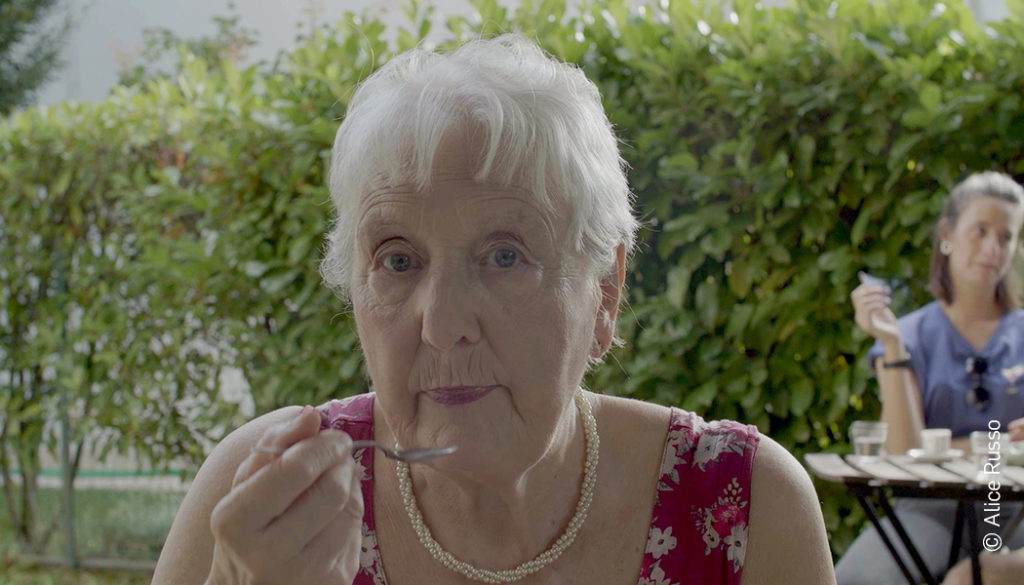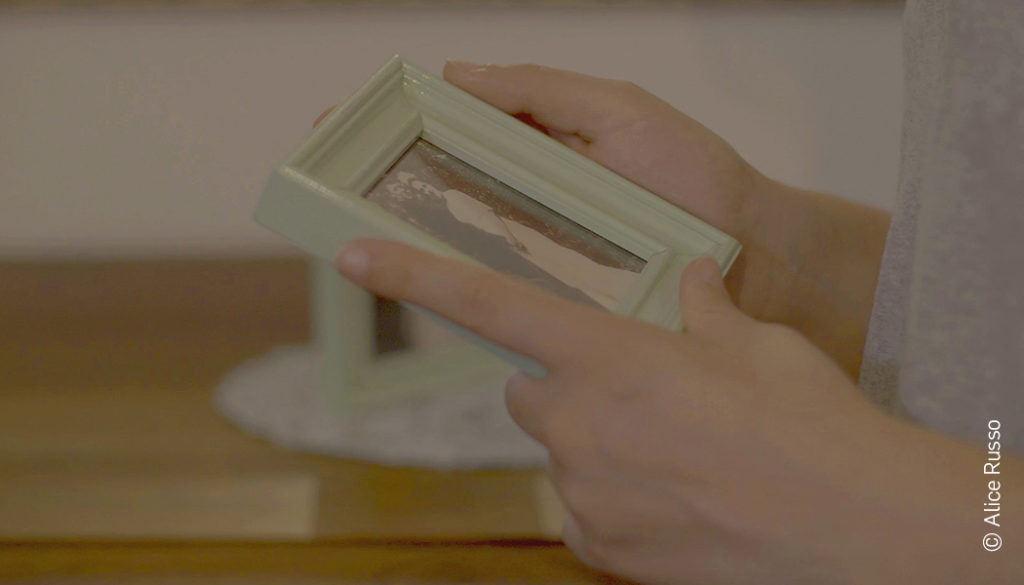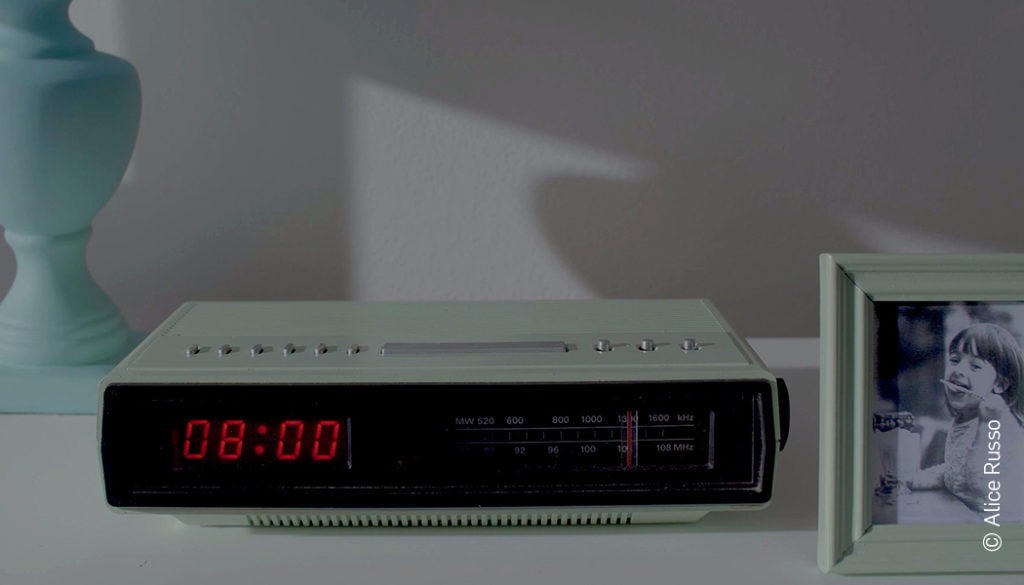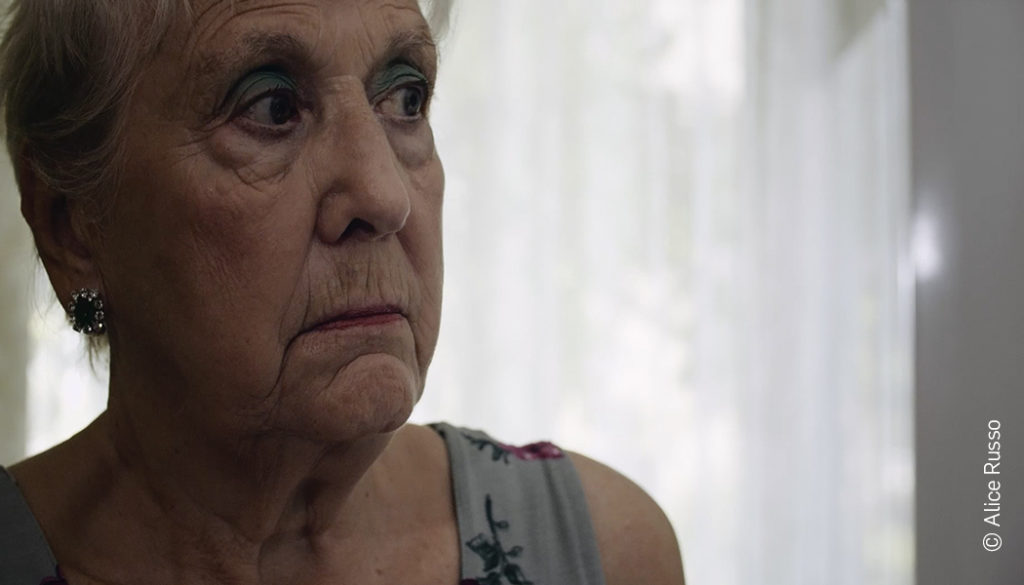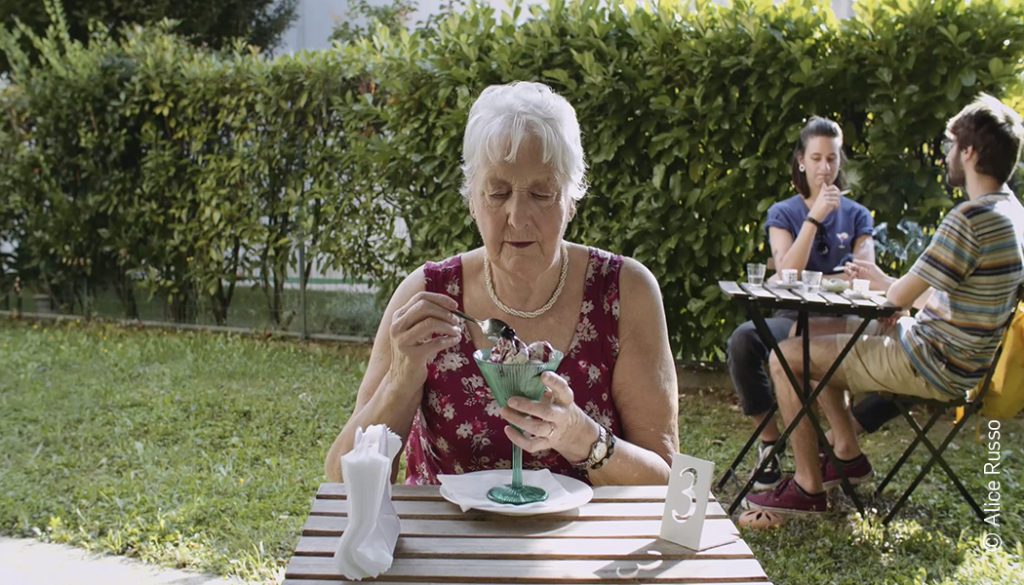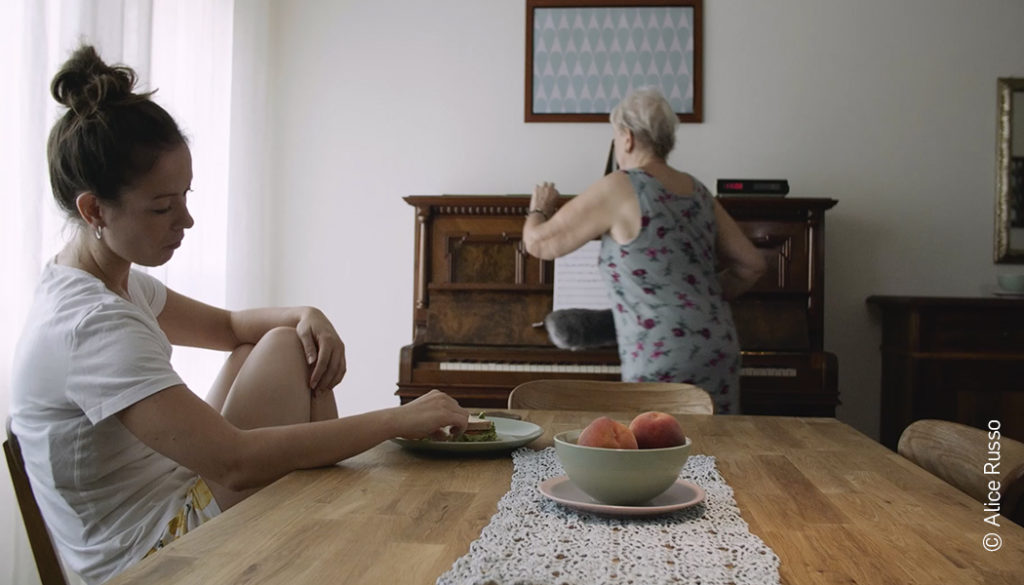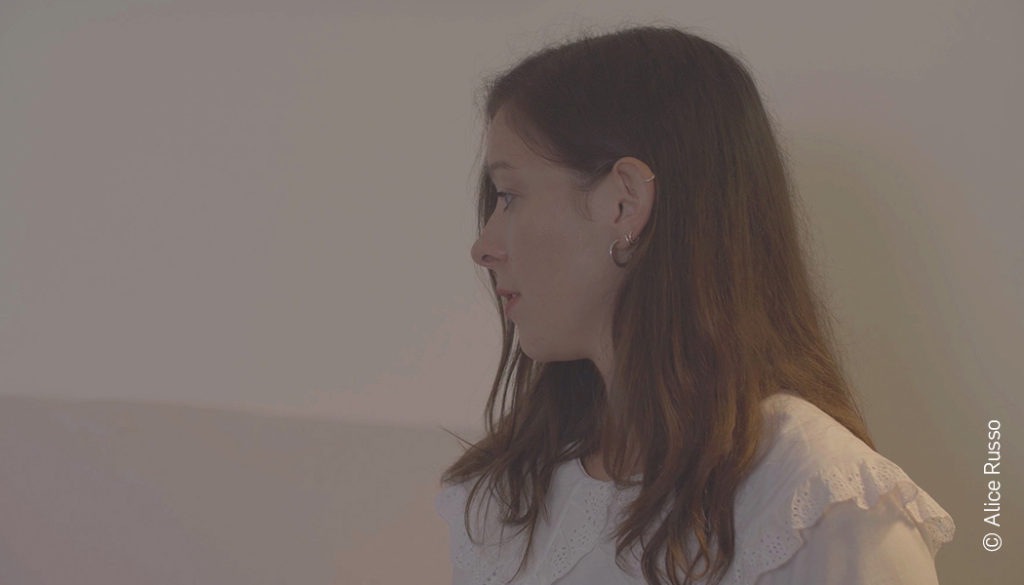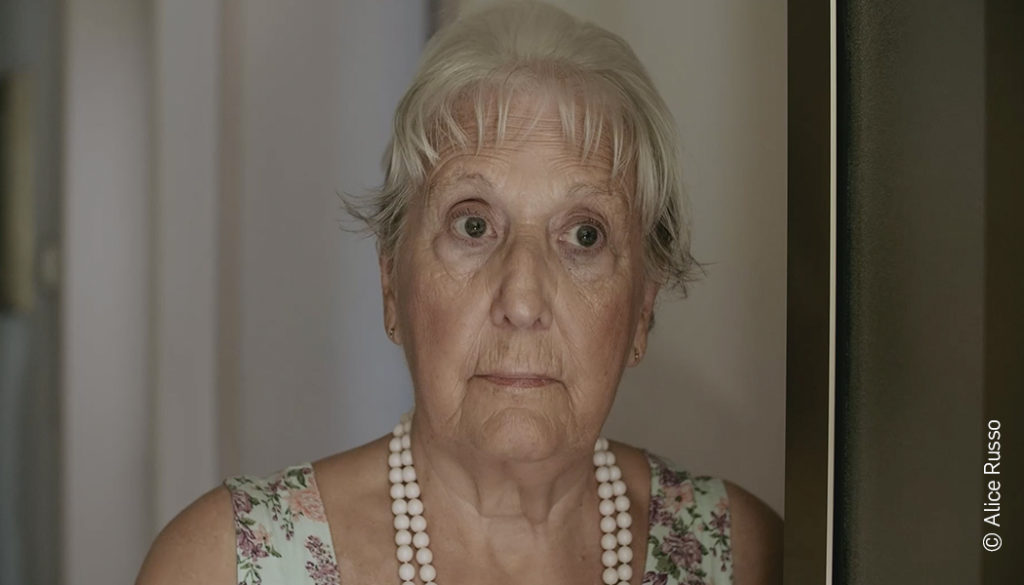The thesis basically relies on the innate thoughts of the human beings used by great directors as a way of describing a character only through actions, movements and word, also with shapes, symbols and colours following the Gestalt laws with the aim getting to the unconscious of the spectator.
On of the fundamental objectives of a scriptwriter it the capability of creating a character which is interesting and formally completed. Many scriptwriting books impart schemes and precise rules to help a writer create relatable and complex characters. But how were writers and directors able to make characters from the movies we now refer to as “cults” so deep, personality-wise?
Just think of movies like Psycho, Memento, Shining, Shutter Island, Fight Club. They are all works where the protagonist’s mental illness is not described didactically but is felt by the public thanks to gestures, characteristics and actions.
I decided to focus my thesis on the madness of characters and how this imbalance is portrayed through perception. The attention dedicated to such a theme is due to an interest i have about stories that narrate the world in a dystopian way. I felt a great passion when I analysed how the point of view of an unordinary character, who can move between hallucinations and oneiric scenes, could be majestically depicted and how visual perception could be a powerful mean for transmitting an internal universe through images, gestures and camera movements.
My aim is to investigate these ploys, reinforcing useful notions for the realisation of a complete project and strengthening my competences baggage that will accompany me through all of my work experiences.
Starting from a definition of mental illness as a psychological and/or behavioural alteration related to personality that bring to a condition of danger and impairment, I wanted to amplify the concept combining in my study all of those attitudes that common like can be defined as disorders and madness.
On the first chapter of my thesis i focused on the structure of the character, exploring the steps a screenwriter has to face during the process of the creation and characterisation of this figure.
Secondarily I studied how the imagery is influenced in the creation of model-like ideals about what visual perception, gestalt laws and image analysing are.
After that, i analysed a group of selected movies among the most notorious about the theme of mental issues and how those were represented image-wise.
Finally, I wrote and directed a short movie called “Anima di Amarena” aiming to represent all of the topics discussed in my thesis. I wanted to create a character that embodied imbalance through the repetition of gestures in a close environment: a world confined by four emblematic walls and obsessively ordered, where all is coloured in pastel shades.
Alice Russo
